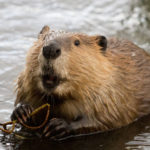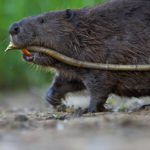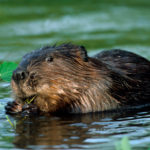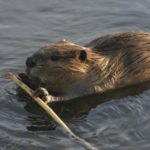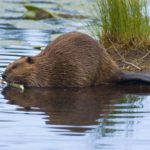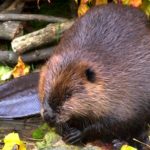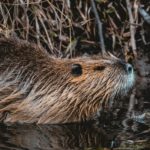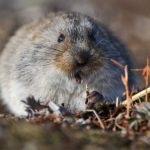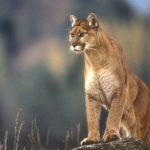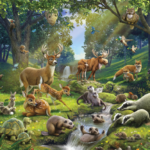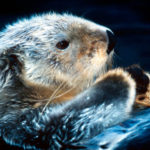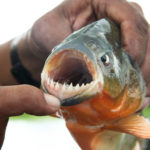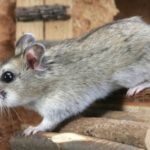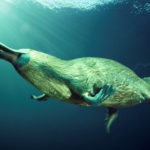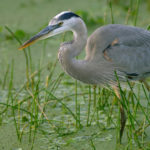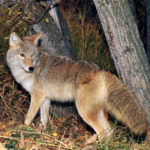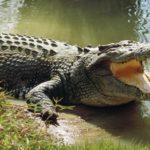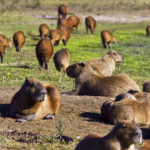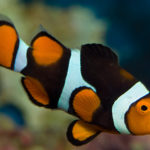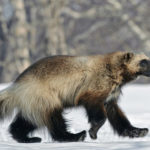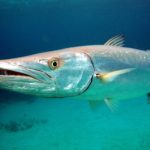Facts about beavers
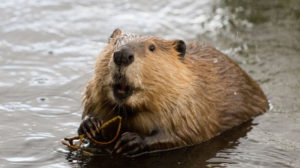 Beavers are very nice animals, at least if you look at them from the side. But the hunters can talk about the problems that these animals create.
Beavers are very nice animals, at least if you look at them from the side. But the hunters can talk about the problems that these animals create.
- In the Middle Ages, monks regarded beavers as fishes. This was done in order to eat their meat in the post, when you can eat fish, and, in fact, meat – you can not. Beavers, who spent a good deal of their life in the water, seemed to the monks to be suitable for this role.
- For the winter, the average family of beavers harvests up to 60-70 cubic meters of firewood.
- Beavers do not teach their cubs to build huts and dams – they all know this from birth. This is called genetic memory.
- Beavers can hold their breath for 12-15 minutes, if very necessary. Although, of course, try not to do this.
- Beaver cubs spend at least two years with their parents before entering into an independent adult life.
- Beaver is the second largest rodent in the world.
- Beavers have transparent eyelids. This allows them to navigate underwater.
- The largest of the ever-discovered beaver dams was about seven hundred meters in length.
- A tree with a trunk diameter at the base of about 40 centimeters is an average adult beaver can fall in one day.
- Beavers use their unusual tail as a helm of depth.
- Unlike many other animals, in captivity, beavers live usually much longer than in the wild – up to forty years.
- In the Republic of Belarus, in Bobruisk, there are as many as two beaver monuments.
- On Canadian coins with a denomination of five cents, who is represented? That’s right, beaver.
- In the families of beavers there is matriarchy. The female occupies a dominant role.
- The entrance to the beaver hut is always under water, despite the fact that the hut itself is located above its surface.
